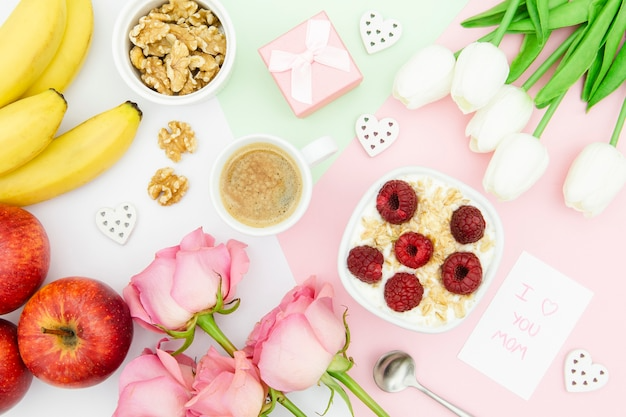Introduction
Exploring the Aesthetic and Functional Trends in Product Design
In an age where aesthetics and functionality go hand in hand, the realm of physical products continues to evolve dramatically. This evolution is particularly evident in the landscape of consumer goods, where the emphasis on beautiful models—both in terms of design and real-life representation—has garnered significant attention. As we delve into what’s new in beautiful models, we will explore the intersection of design innovation, sustainability, and the impact of technology on product presentation.
The Rise of Aesthetic Minimalism
One of the most notable trends in product design is the shift towards aesthetic minimalism. This approach emphasizes clean lines, simple forms, and a reduction of unnecessary features. Brands are increasingly adopting this design philosophy not just for its visual appeal, but also for its ability to enhance user experience. The allure of minimalism lies in its capacity to evoke a sense of calm and order, which resonates with consumers in our increasingly chaotic world.
Products such as electronics, furniture, and even kitchenware are being crafted with this minimalist ideology in mind. For instance, popular tech companies are revamping their gadget designs to exhibit sleek silhouettes and intuitive interfaces, allowing users to enjoy functionality without distraction. Aesthetic minimalism proves that less can indeed be more, paving the way for beautiful models that appeal to both the eye and the mind.
Sustainability Takes Center Stage
As environmental awareness continues to grow, consumers are becoming more conscious of the impact their purchases have on the planet. This shift toward sustainability is reflected in the physical products being developed today. Brands are not only focusing on how a product looks but also on the materials used to create it.
Innovative companies are giving new life to recycled materials, creating beautiful models that are both eco-friendly and visually striking. For example, furniture made from reclaimed wood or biodegradable plastics is not only appealing to the eye but also helps reduce waste. Moreover, brands are highlighting their sustainable practices in marketing campaigns, which resonates strongly with today’s environmentally conscious consumers.
The Role of Technology in Product Presentation
Advancements in technology have revolutionized how products are designed and presented. 3D modeling, augmented reality (AR), and virtual reality (VR) are not just tools for designers; they also enhance consumer interaction. Brands are utilizing AR and VR to allow customers to visualize products in their own space before making a purchase. This technology not only elevates the shopping experience but also emphasizes the beauty and functionality of the model in a real-world context.
Furthermore, the rise of social media and influencer culture has made beautiful models more accessible. High-quality images and videos showcasing products in creative ways are now commonplace, allowing consumers to see how a product can fit into their lifestyle. This visual storytelling not only highlights the aesthetic qualities of a product but also its practical benefits.
Inclusivity and Diversity in Product Representation
Another significant trend is the increasing emphasis on inclusivity and diversity in how products are marketed and represented. Brands are acknowledging that beauty comes in many forms and are striving to showcase a broader spectrum of models that reflect a diverse range of body types, ethnicities, and lifestyles.
This shift not only helps in breaking beauty stereotypes but also fosters a sense of belonging among consumers. When people see themselves represented in advertisements and product promotions, it creates a connection that can drive loyalty and increase sales. Companies that prioritize inclusivity not only set themselves apart but also contribute to a more equitable marketplace.
Conclusion: The Future of Beautiful Models in Physical Products
The future of beautiful models in physical products is both exciting and promising. As we move forward, we can expect to see further integration of aesthetic minimalism, sustainability, technological innovation, and inclusivity in product design and marketing strategies. These elements will not only shape the visual appeal of products but also redefine consumer experiences.
In this new era, brands that successfully merge beauty with functionality and responsibility will not only attract consumers but also cultivate lasting relationships built on trust and shared values. As we embrace these trends, the landscape of physical products will continue to become a reflection of our evolving society, one that celebrates beauty in all its forms.

